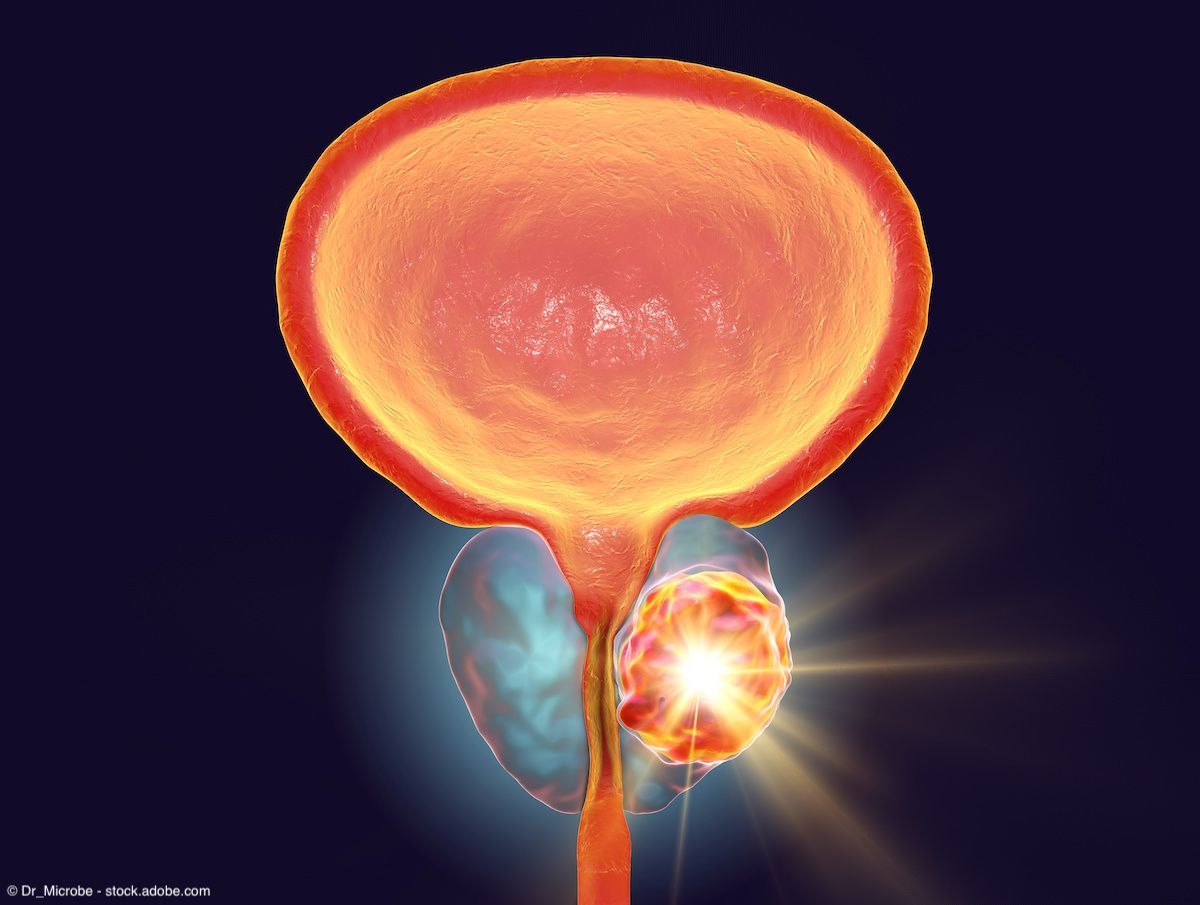News
Article
Piflufolastat F18 yields high detection rate even at low PSA levels for prostate cancer
Author(s):
Key Takeaways
- 18F-DCFPyL PET/CT shows high detection rates in biochemically recurrent prostate cancer with low PSA levels, suggesting its utility in early metastatic disease identification.
- The study included 129 patients, with detection rates of 36% in the ultralow PSA group and 51% in the low-PSA group.
Total detection rate was 36% (13/36) in the ultralow PSA group and 51% (47/93) in the low-PSA group.
Use of the prostate-specific membrane antigen (PSMA) agent piflufolastat F 18 (18F-DCFPyL PET/CT, Pylarify) in patients with biochemically recurrent prostate cancer was associated with a high detection rate in patients with low prostate-specific antigen (PSA) levels, according to data presented at the 2025 American Society of Clinical Oncology Genitourinary Cancers Symposium in San Francisco, California.1

In outlining the background for the study, the authors, led by Ida Sonni, MD, of the University of California, Los Angeles, explained that PSMA PET imaging has shown high sensitivity and specificity in the biochemically recurrent setting and “There is growing interest in using PSMA PET/CT for detecting and localizing [biochemical recurrence] in patients with low PSA levels (<0.5 ng/mL).” They also noted the paucity of literature regarding detection rates of PSMA PET radiotracers in the biochemical recurrent setting. To this end, the investigators sought to evaluate detection rates of 18F-DCFPyL in patients with biochemically recurrent prostate cancer who showed “minimally detectable serum PSA levels.”
The investigators conducted a pooled retrospective analysis of patients drawn from investigator-initiated trials at West Los Angeles Veterans Affairs and the phase 3 CONDOR trial (NCT03739684) who had serum PSA levels of 0.5 ng/mL or lower. For the analysis, patients with rising PSA levels following definitive treatment for their prostate cancer underwent 18F-DCFPyL PET/CT and were placed in 1 of 2 groups: low PSA (0.2 ng/mL- ≤0.5 ng/mL) or ultralow PSA (0 ng/mL-<0.2 ng/mL). The automated deep learning-enabled Prostate Cancer Molecular Imaging Standardized Evaluation platform was used to aid in 18F-DCFPyL PET/CT reads. The investigators defined detection rate as “the number of patients with positive PSMA lesions relative to total number of patients.”
The investigators included 129 patients in the study; 93 were in the low-PSA group, and 36 were in the ultralow PSA group. Total detection rate was 36% (13/36) in the ultralow PSA group and 51% (47/93) in the low-PSA group. Findings in the prostate bed were identified in 8% (3 patients) of the ultralow PSA group and 4% (4 patients) of the low-PSA group. Lymph node-only findings were identified in 14% (5 patients) of the ultralow PSA group and 31% (29 patients) of the low-PSA group. Lymph node and bone findings were identified in 33% (12 patients) of the ultralow PSA group and 42% (39 patients) of the low-PSA group. Bone-only findings were identified in 22% (8 patients) of the ultralow PSA group and 15% (14 patients) of the low-PSA group. Visceral (lung or liver) findings were identified in 3% (1 patient) in the ultralow PSA group and 11% (10 patients) in the low-PSA group. Total mean standard uptake value was 3.8 in the ultralow PSA group and 4.2 in the low-PSA group. Total maximum standard update value was 10.9 in the ultralow PSA group and 12.4 in the low-PSA group. Mean total disease volume was 4.9 mL in the ultralow PSA group and 1.9 mL in the low-PSA group.
“18F-DCFPyL PET/CT demonstrates a significant detection rate for recurrent prostate cancer in patients with minimally detectable PSA levels. Our findings highlight the potential of 18F-DCFPyL PET/CT in the early identification of metastatic disease. Current thresholds for initiating PSMA PET/CT in patients with [biochemical recurrence] may need reconsideration,” the authors wrote in their conclusion.
REFERENCE
1. Sonni I, Nickols NG, Niknam K, et al. Early detection of recurrent prostate cancer using 18F-DCFPyL PET/CT PET/CT in patients with minimal PSA levels. J Clin Oncol. 2025;43(suppl 5). Abstract 344. doi:10.1200/JCO.2025.43.5_suppl.344















